One of the most forgotten aspects of preparing your home for a new baby – or just maintaining a healthy home in general – is the indoor air quality.
I was alarmed to find out that the air inside our homes can be as much as 5 times more polluted than the air outside. Dust and dust mites, mold, household products, pet dander, carpets, paint, water damage, VOCs, secondhand smoke, and outside elements can all contribute to poor air quality in your home.
A study conducted in 2009 found that the typical American home contains over 500 chemicals, including phthalates and pesticides, and 120 chemicals that researchers were unable to identify.
As you can imagine, this can be hazardous to your health, and especially hazardous to your baby’s health. Babies and toddlers are most susceptible to poor indoor air quality and toxic elements at home because they are frequently on the floor and often put their hands in their mouth.
Since their systems are still developing, this can inflict more damage than it might to an adult. This is why we should do our best to maintain better indoor air quality.
Don’t worry – you can do something about this, and it doesn’t have to be expensive. Follow the steps below to quickly and easily improve the indoor air quality in your home.
1) Open your windows often
Let the air in your house circulate by frequently opening the windows, even when it’s cold outside.
On weekends, I like to open all the windows for a few hours at a time to ventilate the house. When you’re cooking, especially if you use the oven or stove, it’s important to also open a window and use your kitchen’s exhaust fan (as long as it cycles air outside).
2) Dust and vacuum regularly
According to a study by Silent Spring Institute, “Chemicals from consumer products are released into the air and accumulate in dust. People can inhale or ingest small particles of dust or even absorb them through the skin.”
Make it a goal to vacuum and dust your home as many as 2-3 times per week, ideally. When dusting, use a cotton towel, and not a feather duster, which just spreads dust around.
For vacuuming, use a vacuum with a closed high-efficiency particulate air (HEPA) filter, which has been proven to filter out over 99% of small particles.
Consider a Miele vacuum (closed system), Shark Navigator, or the lightweight VonHaus vacuums.
Miele Classic Pure Suction Canister VacuumBuy NowShark Navigator Upright VacuumBuy NowVonHaus 2 in 1 Stick & Handheld VacuumBuy Now
3) Replace your HVAC air filter often
A dirty air filter means that dust and allergens are making their way into the air that you breathe at home. Replace your air filter every 2-3 months with a new electrostatic air filter. It’s inexpensive, easy to do, and makes a big difference in your home’s air quality.
The higher the MERV rating, the better the filter. Unfortunately, it can be hard to find a high MERV filter for some dimensions. Buy the highest-rated filter that you can find to fit your intake.
Filtrete Micro Allergen Defense Air FilterBuy Now
4) Use a HEPA air filter in your home
HEPA air filters trap harmful particles, and can be very effective at reducing airborne toxic elements in your home. Many air purifiers contain a HEPA filter, but it’s important to buy a system that is large enough for the room in your house you plan to use it in.
For small spaces, Honeywell and GermGuardian are both highly rated budget brands, while Austin Air is a top-rated air filter that is what you want to have on hand in the event of bigger air quality issues including everything from off-gassing new furniture to being located near a wildfire.
I also have an Air Doctor and use that for everyday air purifying as well. Use my link to save up to $300 on your Air Doctor air filters.
Grab my exclusive Austin Air discount code here!
Buy on The Gentle Nursery
5) Have your air ducts cleaned by a professional
Dust, chemicals, dander, and other pollutants can accumulate in your home’s HVAC system and end up being recirculated in your home. Have your air ducts professionally cleaned before your baby comes. It will make a huge difference in your home’s air quality, and will reduce dust bunnies too.
A bonus benefit is that you may save on your heating and cooling costs by having a cleaner HVAC system. We had Sears clean our air ducts and were really happy with the service. Most companies use an agitator and a vacuum, so no chemicals are involved. Some use fancier equipment, but the end results should be the same (except the fancier ones will cost hundreds of dollars).
You can usually find good deals on air duct cleaning through Groupon.
6) Say no to wearing shoes in the house
Shoes should not be worn inside your home; the bottoms of your shoes contain hundreds of thousands of units of bacteria and have been found to be dirtier than a public toilet seat. Make it a point to remove your shoes before entering your house, and have your guests do the same.
Leave a doormat in front of all entrances to your home, to ensure that anyone who doesn’t follow this rule and wears their shoes in your home will at least be reducing the bacteria on their shoes by wiping their feet before entering. I have some friends who have also put up a small sign by their front door asking guests to remove their shoes.
7) Eliminate smoking in or near your home
Hopefully, this is an obvious one. Don’t allow smoking anywhere in or near your home or your baby. Anyone who smells like smoke should not be near your baby until after they have fully showered. Cigarettes are carcinogenic and secondhand and thirdhand smoke are extremely dangerous.
Related: The 9 Most Important Rules for Visiting a Baby
8) Get rid of hazardous chemicals in your house
Don’t store paint, industrial cleaning supplies, or other chemicals in your house. Throw out any harsh, chemical-based cleaning products and switch to natural, “green” cleaning products such as Better Life, Force of Nature,or Branch Basics. Look for products that do not contain synthetic fragrances or sulfates. While you’re at it, throw out any anti-bacterial hand soap and hand sanitizers.
9) Add air-purifying houseplants
The NASA Clean Air Study found that common indoor plants can be effective at reducing airborne toxic elements such as formaldehyde and benzene. A few of the plants that stood out to me the most are: Peace Lilies, English Ivy, Chrysanthemum Morifolium, and Snake Plant. Please be advised that all of the plants listed here can be toxic to pets.
You can buy plants at your local nursery or home improvement store, but if you’d prefer to order online I like to order plants online from this awesome online store.
10) Toss out scented candles and air fresheners
As relaxing as they may be, scented candles have been shown to emit carcinogens such as benzene and toluene. An environmental pollutants expert claims, “They can cause damage to the brain, lung and central nervous system, as well as cause developmental difficulties.” Vegetable-based and beeswax candles have not been shown to release any harmful chemicals, but my personal preference is to avoid unnecessary products altogether. Similarly, air fresheners that use synthetic fragrances are carcinogenic and may contain high levels of phthalates, formaldehyde, PEG-40, butane, and more. Freshen the air in your home naturally by opening the windows, using baking soda to manage odors, and using houseplants.
11) Bathe and groom your pets regularly
Keep your pets free from dander and outside elements as best as possible. Bathe and brush them weekly, and keep up with their regular grooming appointments. Wash their beds and blankets often, and replace their toys after they’ve been drooled on and sitting around for a while, accumulating dirt and dust.
I hope this list of easy ways to improve the indoor air quality in your home arrives has been helpful. As you can see, with just a few easy steps, you can detox the air in your home for a new baby. It’s a worthy effort that I encourage you to include in your nesting efforts. Hopefully, you’ll notice an improvement in the air quality for yourself, too.





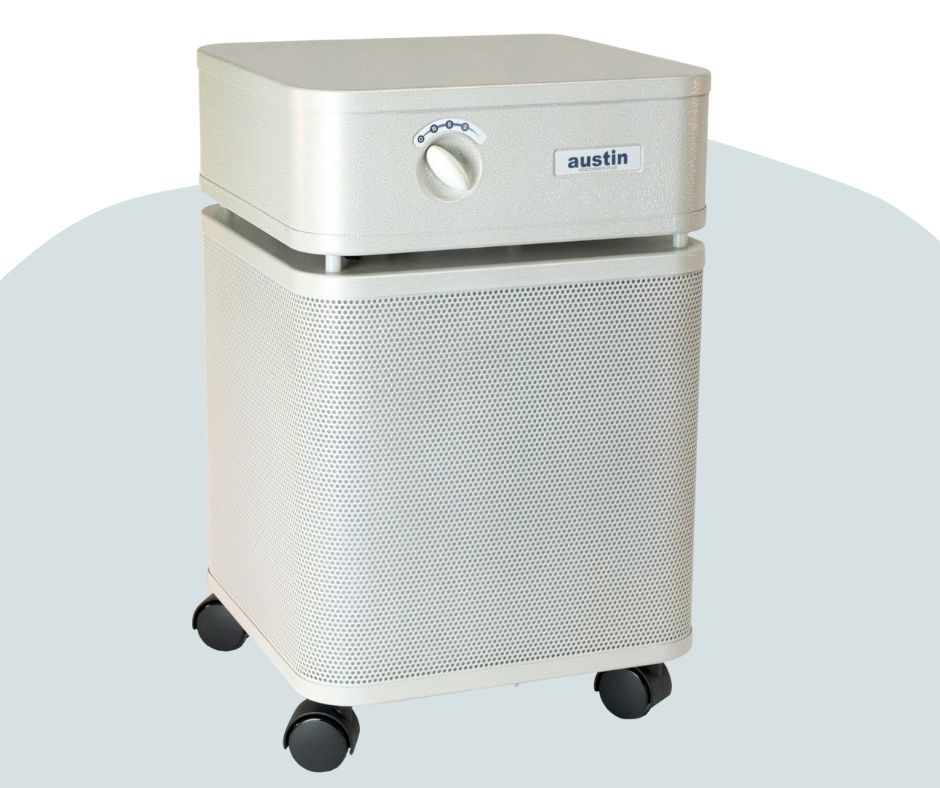
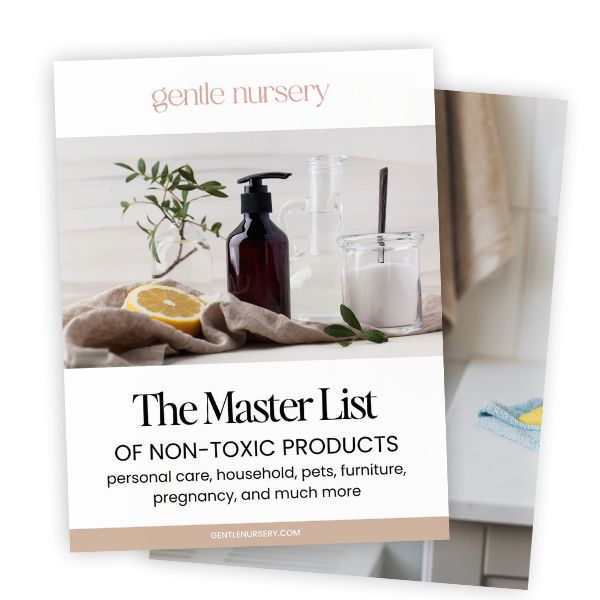

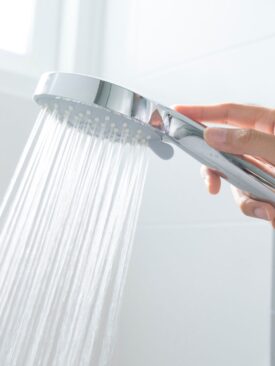
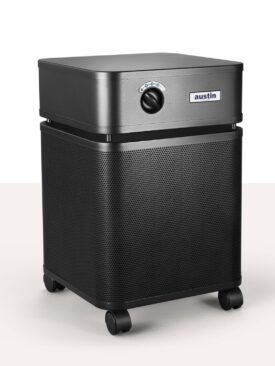
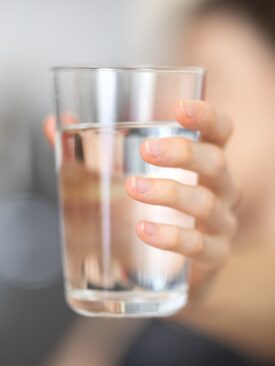
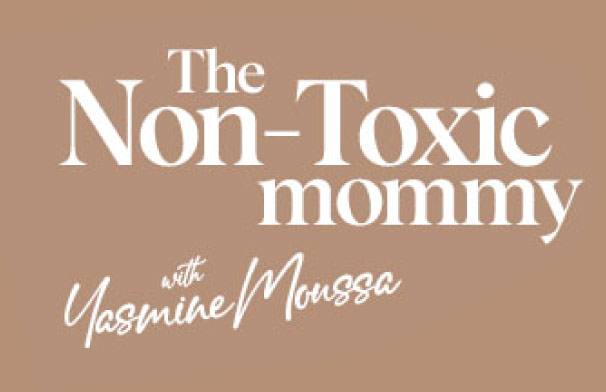

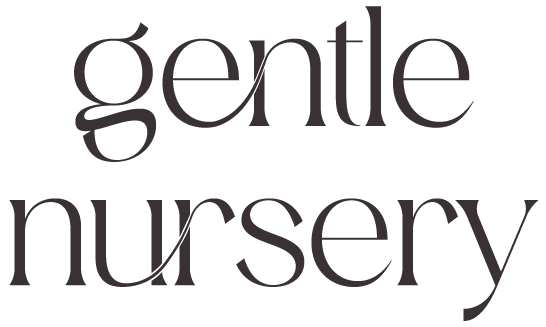

Leave a Reply